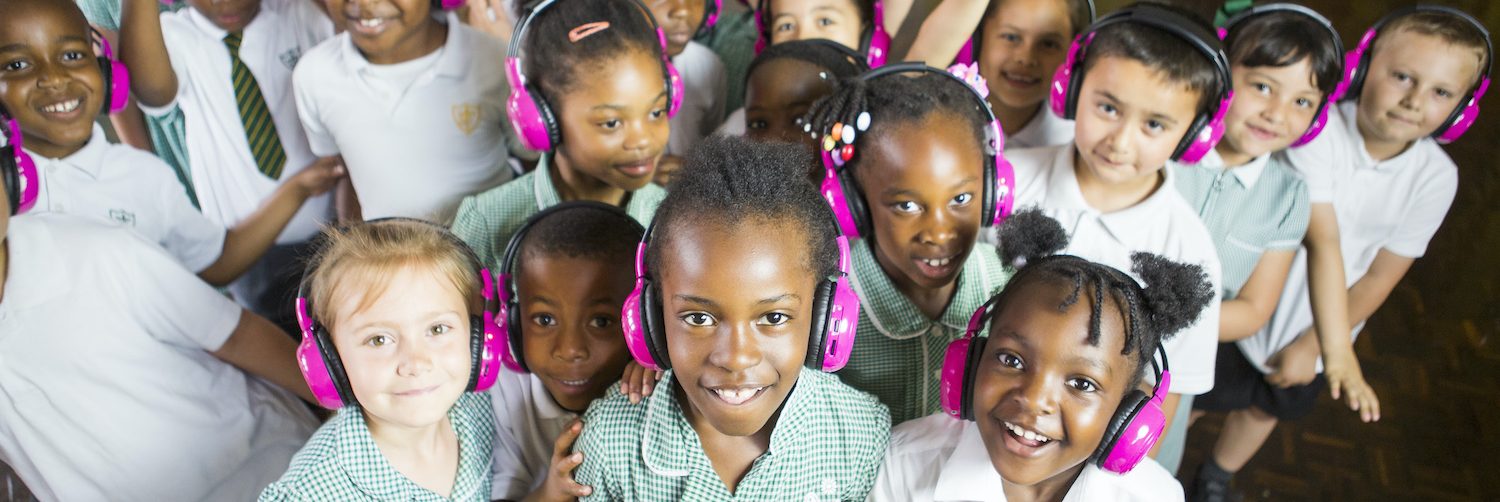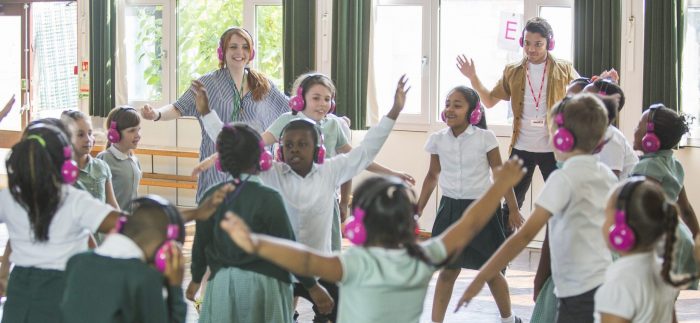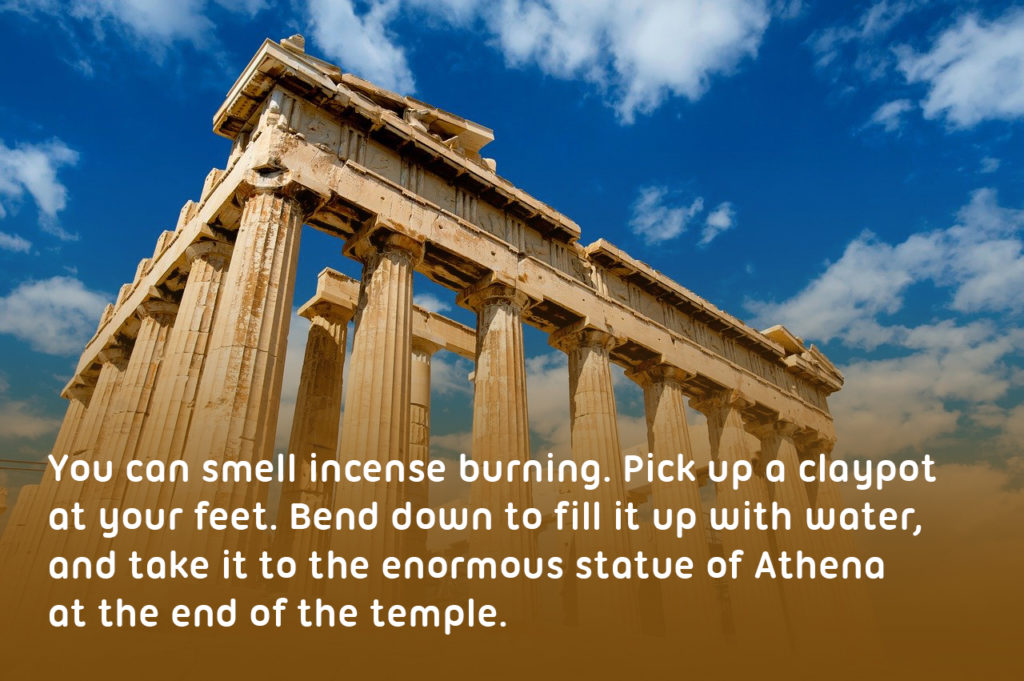
Stoke Hill is a junior school in Exeter with a higher-than-average intake of SEND pupils. The school employs a child-centred approach to teaching, and Robyn Chard Maple, an NQT teaching Year 4, explains how now>press>play fits in with this approach:
Stoke Hill’s guiding principle is to find out what each individual child’s interests are and build on those interests in the curriculum they deliver.
now>press>play feeds on that because it allows the children to access their interests in a different way... The standard approach in the classroom is not always the best way for some learners. When you take them outside, or wherever you put those headsets on them, you can see it in their faces, that way they suddenly light up and you see sparks flying. I think it's a good way for them to show their teachers that they can access the curriculum, only in a way that works better for them.
Robyn Chard-Maple, Year 4 teacher, Stoke Hill Junior School
How the school uses now>press>play in its child-centred approach
now>press>play is flexible in that it can be used at different stages of the topic, depending on the learning need. For instance, it was used at the beginning of a topic on Ancient Greece when children were introduced to key vocabulary but also employed as a fun end-of-unit task to consolidate the pupils’ knowledge on solids, gases and liquids.
Miss Chard-Maple also describes how using now>press>play in different contexts can add a new dimension to the learning experience:
Taking them outside of those four walls creates a whole different experience, it makes it more realistic for them. We're very lucky where we are, we have a massive field and playground, and we give them free rein. You see them going out and using the things in the environment like the trees and the mud piles that we have, with their stories.
Robyn Chard-Maple, Year 4 teacher, Stoke Hill Junior School
Where has now>press>play made the most impact?
Listening skills and understanding are two areas where Miss Chard-Maple has noticed improvement across the class, but particularly amongst lower ability and SEND pupils. One of the contributory factors is the simple language used in now>press>play Experiences, which makes them very accessible:
A lot of the stories are quite simple in the language that they use, the way they speak to the children and talk them through the story. I think that's what really supports them with the understanding. They are not using lots of words to explain something.
Robyn Chard-Maple, Year 4 teacher, Stoke Hill Junior School
Secondly, the requirement to imagine themselves as a character within the story further facilitates understanding of concepts and assimilation.
They feel like they're a character in a story and I think that allows them to open their imagination to living through what they're learning. That's different to seeing it on a page, they're actually becoming a part of it. And I think that's what allows them to learn in that subject.
Robyn Chard-Maple, Year 4 teacher, Stoke Hill Junior School
She gives the example of an autistic pupil who was having difficulty understanding the concept of “trading”:
When she put on those headphones, she realised, “I'm a girl in Ancient Greece, I'm now learning how to trade.” You could see her suddenly pretending she was picking up a basket of olives, passing it to her friend, pretending to exchange coins. I thought, “she understands that trading means buying and selling,” which I know she wasn't grasping in the classroom.
Robyn Chard-Maple, Year 4 teacher, Stoke Hill Junior School

Miss Chard-Maple noticed how now>press>play gives less academic children the chance to fully engage in the lesson, when they very often find it challenging to participate in other contexts:
These children don't put their hands up very often, they don't engage, or they don't feel like they can contribute, and then when we put the headsets on and go outside to the field, they're suddenly so active and so immersed in it. You can see them laughing and they're just contributing in a different way.
Robyn Chard-Maple, Year 4 teacher, Stoke Hill Junior School
When discussing the Experience as a class, these same children are much more likely to contribute than they would normally. Taking part in now>press>play seems to give them a boost in confidence:
I'll ask them a question, and the responses I get are much more confident from those lower ability children in particular, and the SEND children. They're more confident and I sense and see that they're happier to have a go... They've been able to access their learning in a different way, so they've been much more engaged in that subject.
Robyn Chard-Maple, Year 4 teacher, Stoke Hill Junior School

From a teacher’s perspective
One of the key benefits to teachers is that now>press>play can be relied on to engage pupils:
I think it's most useful to me in making learning more engaging for children. When I think, “how can I make this fun for children?” my first thought is now>press>play.
Robyn Chard-Maple, Year 4 teacher, Stoke Hill Junior School
As an NQT, Miss Chard-Maple has found now>press>play useful, both in terms of topic planning and also acquiring the necessary knowledge in order to be able to confidently teach the topic. She explains how now>press>play helped her to discover a ‘hook’ into the topic of Ancient Greece:
I realised, “wow, those children loved the battle side of it,” and I would never have known about it if I hadn't used now>press>play. I picked up on their interest and thought, let's use that and feed through the unit. It kept them more engaged because they were interested in it.
Robyn Chard-Maple, Year 4 teacher, Stoke Hill Junior School
This case study was created for our 2022 Product Impact Report — check out the full report and its key findings here. We look forward to continuing to work with Stoke Hill to support their child-centred approach to the curriculum.
Read more:


